As COVER Magazine marks its 20th anniversary with its 80th edition, Lucy Upward speaks with Label STEP Managing Director Reto Aschwanden about STEP’s three decades of advancing fair trade and ethical standards in the handmade rug industry—improving livelihoods for weavers and strengthening the industry’s future.
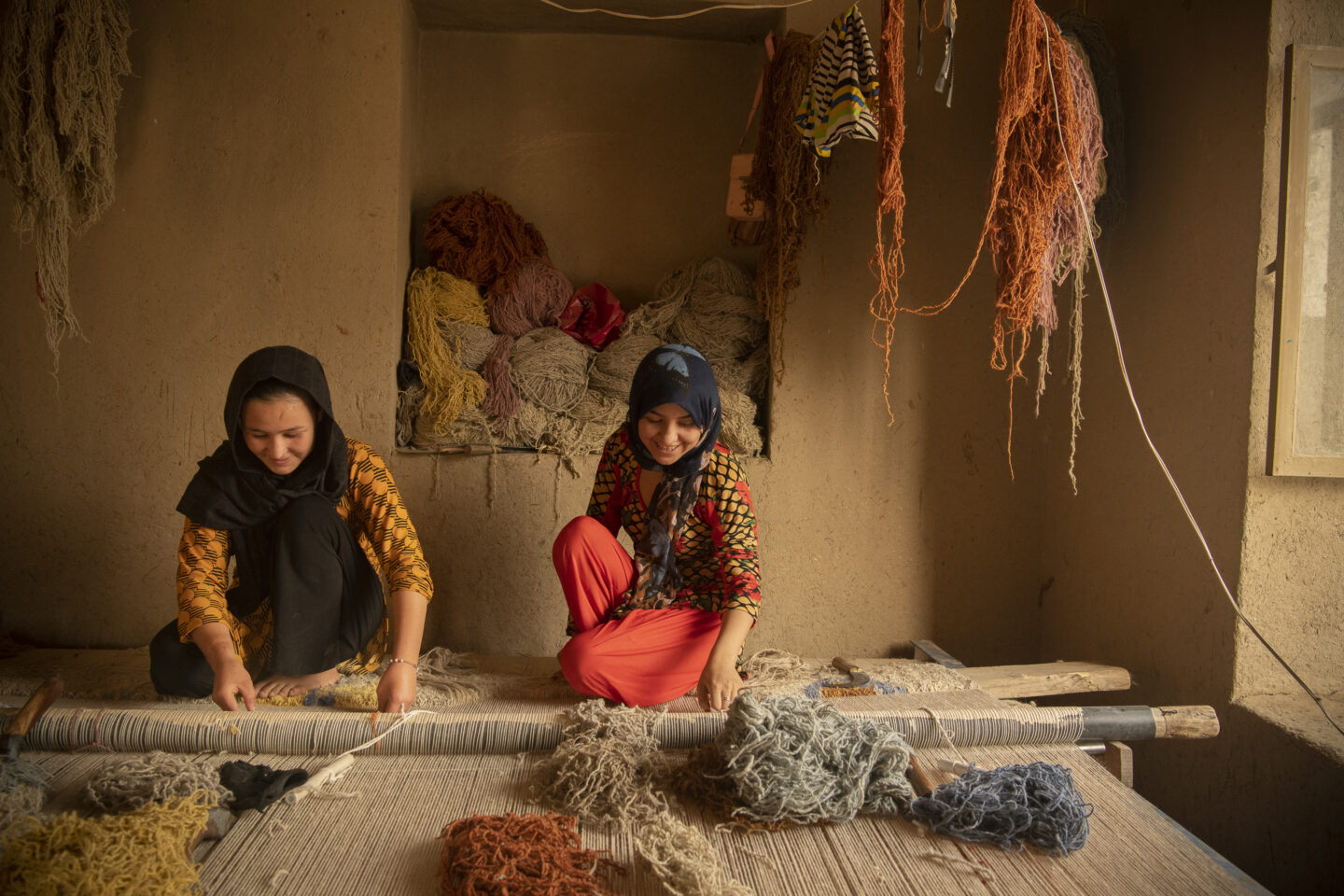
Who’s the driving force behind STEP?
Label STEP was founded 1995 by prominent Swiss development organisations, in collaboration with the country’s rug retailer association. As a not-for-profit entity, STEP has no commercial agenda; all resources are dedicated to our core mission of promoting the well-being of artisans in the carpet industry. While our head office in Switzerland is our smallest branch with me as the only employee, the majority of our staff are located in our country offices in Nepal, India, Pakistan, Afghanistan, Iran, and Morocco. These fifty-plus highly motivated and skilled local employees are STEP’s most valuable asset. Equally crucial are our nearly 100 certified partners worldwide—rug brands and retailers whose commitment and access to supply chains are fundamental to the STEP fair trade system.
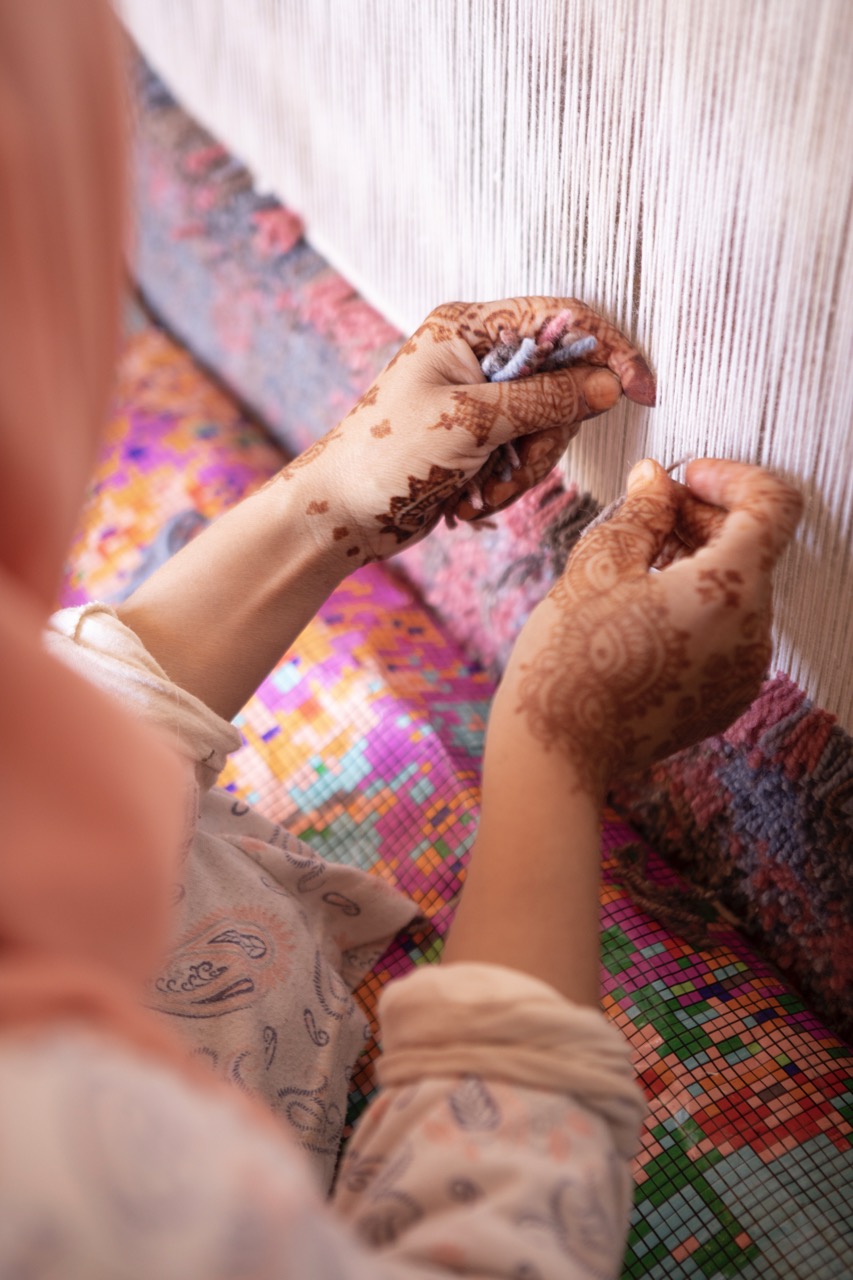
Why is fair trade important in rug weaving?
Carpet weaving can be a transformative industry, particularly in economically disadvantaged and rural areas where job opportunities are scarce. In many regions, it offers a compelling option for women, enabling them to work from home or in village workshops and flexibly manage their hours around household chores and farming. However, traditional industry structures present significant challenges. Decentralized supply chains often isolate weavers, leaving them vulnerable to exploitation, and the informal nature of the craft often denies artisans basic worker rights and social security. Fair Trade serves as a powerful tool to bridge these critical gaps.
You have been with STEP for 20 years. What’s the biggest shifts you have witnessed in our industry?
While the market environment remains challenging for many companies and production areas, I believe the overall quality of contemporary handmade rugs has improved significantly, making them more exciting and innovative than ever. There’s a growing appreciation among rug buyers for craftsmanship and authenticity, alongside increased awareness of social and environmental issues. From our perspective, and despite many challenges remaining, the most significant and gratifying change has been the considerable improvement in the situation of weavers and artisans on the ground.
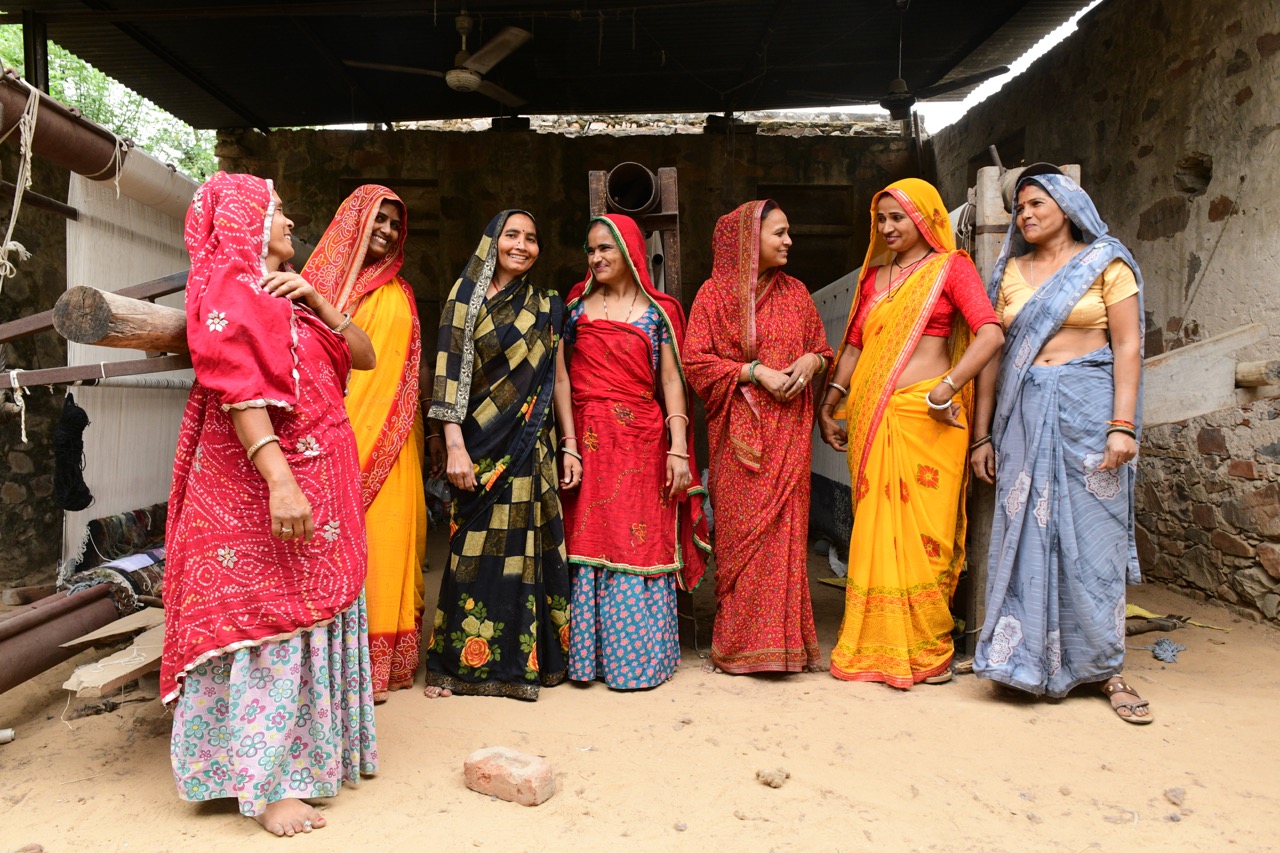
— Reto Aschwanden
Consumers expect their rugs to be produced without harming the environment
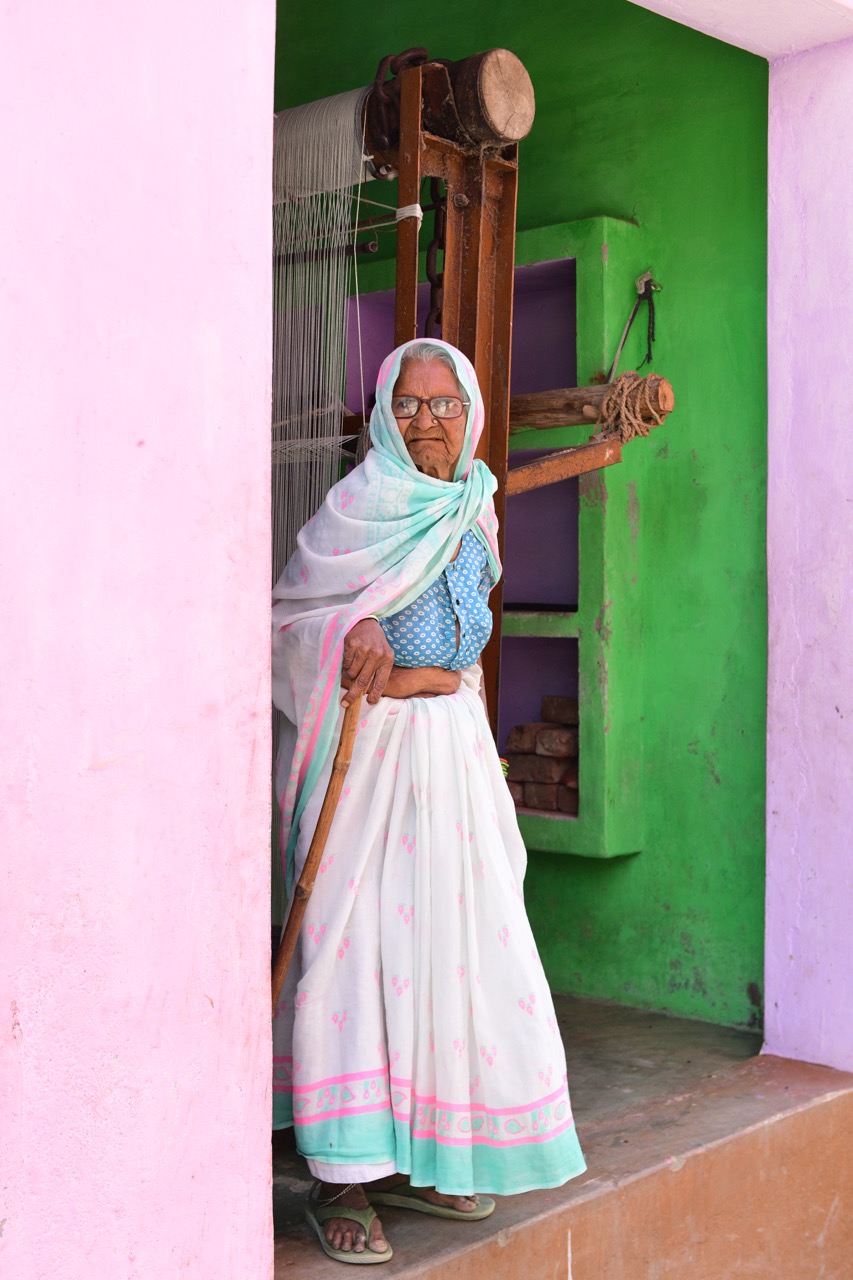
How would you describe the weaver’s situation today?
Our recent weaver survey, which we believe is the most comprehensive ever conducted in the rug industry, analyzed data from over 13,000 weavers and interviewed 200 of them across seven production countries. In summary, weavers value the income opportunities, take pride in their skills, and recognize the cultural and social significance of their craft. However, they also highlight insufficient wages, a lack of social security, and low social status. The consequences of these shortcomings are evident when visiting weaving areas today: a dwindling number of young people on the looms and producers increasingly struggling to find qualified artisans.
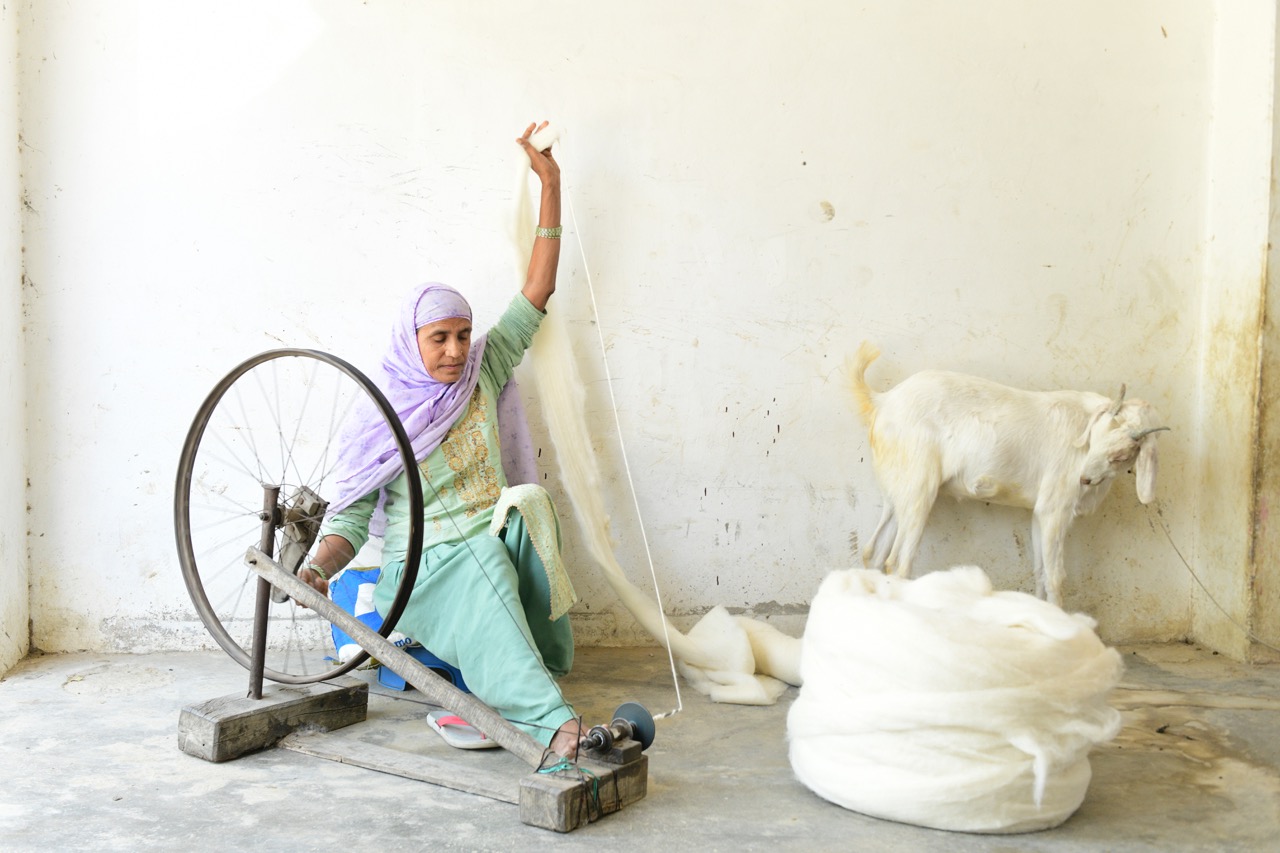
So what do you think needs to be done to secure the future of rug weaving?
The industry must prioritize improving job attractiveness. With more diverse job opportunities now available for young people in weaving areas, producers must intensify their efforts to present themselves as appealing employers. This includes not only competitive wages but also other job benefits and improved working conditions. Furthermore, a concerted effort is needed to promote the craft sectors and elevate their prestige within production countries. Many companies are already making progress in implementing these changes, but these initiatives need further strengthening and scaling up.
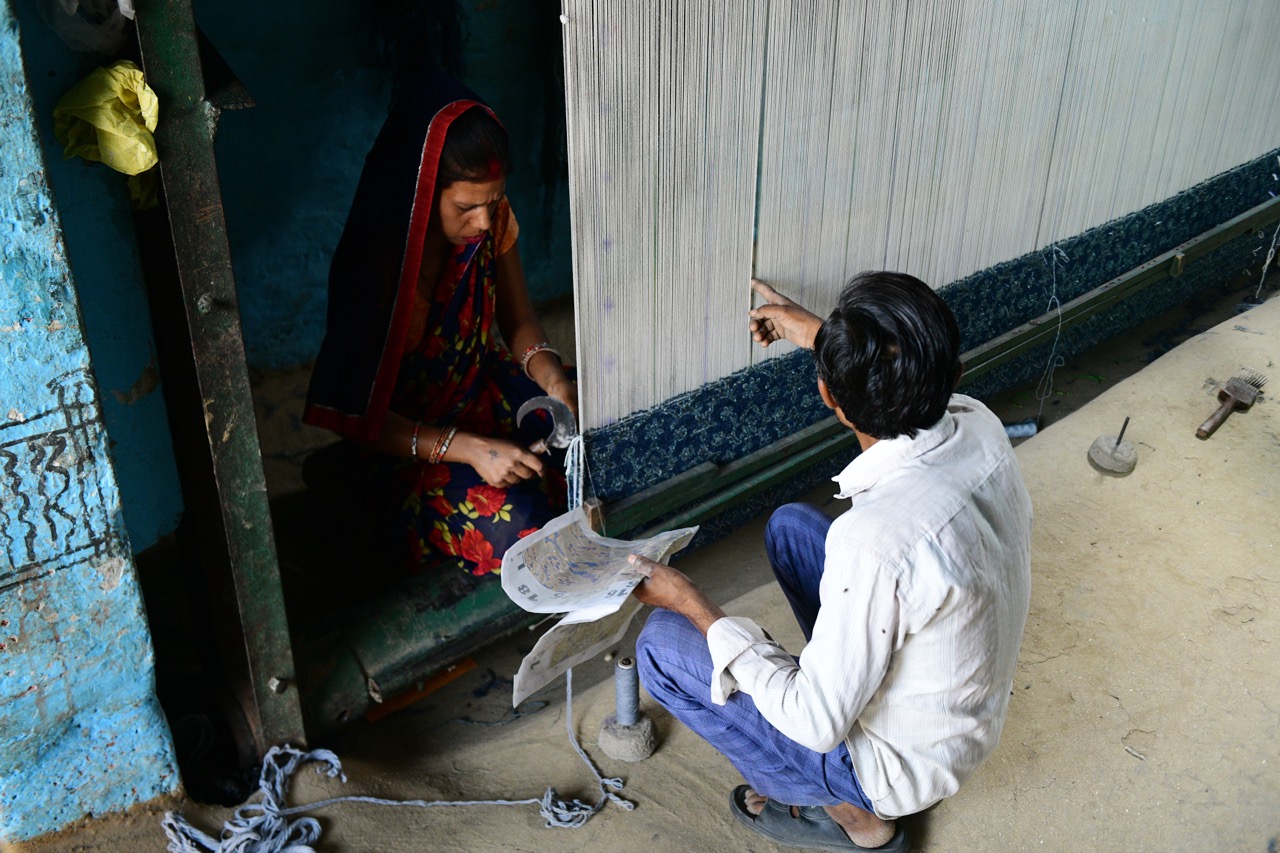
Carpet weaving can be transformative, particularly in disadvantaged and rural areas
— Reto Aschwanden
What other issues will keep us busy and discussing?
Beyond these necessary investments in the workforce, I anticipate that consumer attitudes towards handmade rugs will continue to evolve. Consumers increasingly view rugs as luxury products, valuing their craftsmanship, cultural heritage, and authentic, unique character. Expectations for product and production transparency will also intensify, encompassing not only social aspects but also environmental sustainability. Consumers expect their rugs to be produced without harming the environment and will likely increasingly demand exclusively high-quality natural fibers over mass-produced synthetic materials. Organic and animal welfare certifications for raw materials will also gain greater importance.
Handmade rugs have endured for millennia, and I am confident that creative, innovative brands will continue to flourish, create a positive impact in weaving communities, and delight us with exquisite rugs.
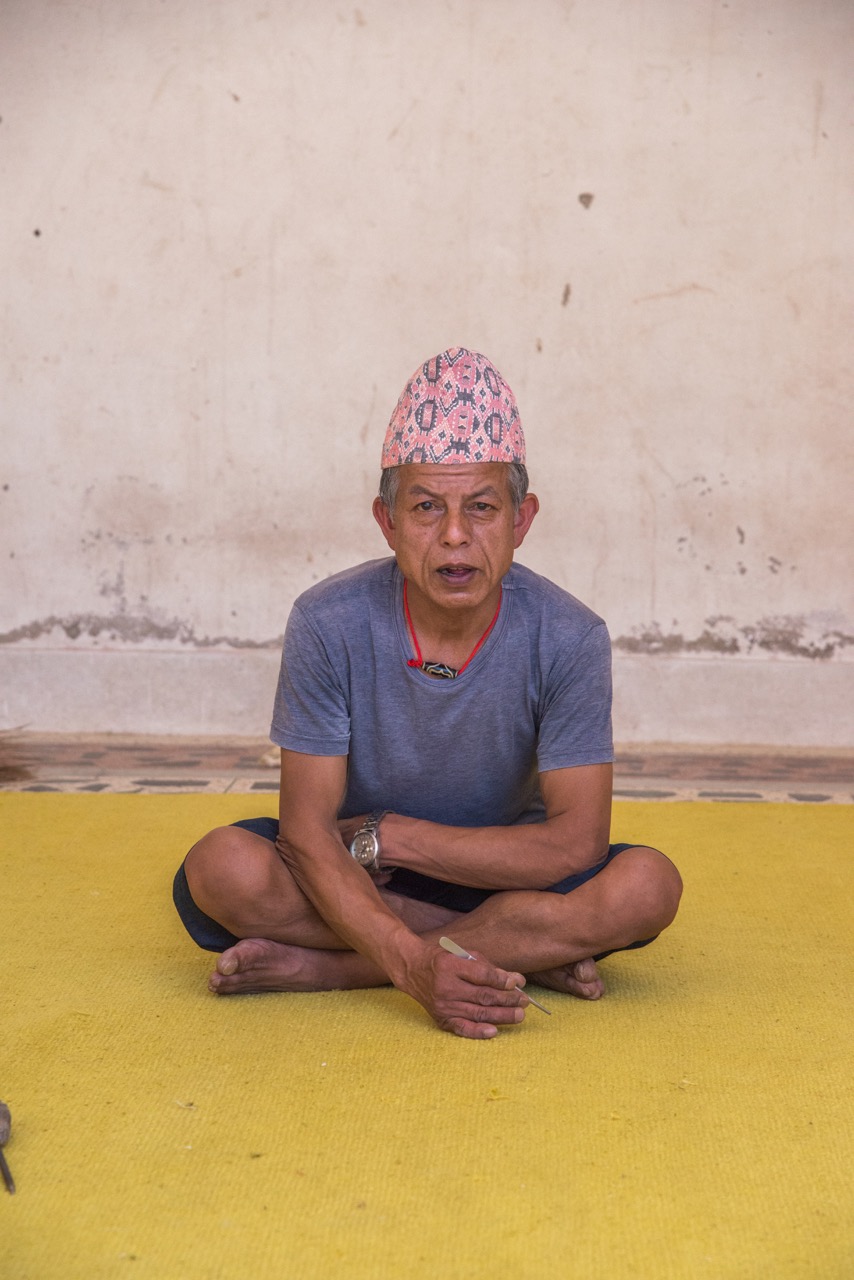
This article was originally published in COVER Magazine, Issue 80, 20th anniversary edition. Republished here with permission. Read this article and more like it on COVER’s website, or download the original PDF below.

